The Necessary (a.k.a. the outhouse)
The Necessary (a.k.a. the outhouse)
.
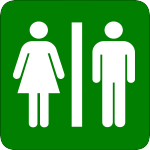
.
FACT OF LIFE
.
My father-in-law was born in 1933 and his rural family didn’t have a flushing toilet or running hot-and-cold water inside until his parents remodeled the family home in the mid-1950’s. He remembers the two-seater outhouse with plenty of humor. “Who would you take to the outhouse with you?” he teased. Come to find out, the two-seater was less about sharing time in the facilities and more about different size seat openings: one for little children and one for adults. [I cannot even contemplate falling in.]
Some well-to-do families had one seat in the outhouse for each family member. Thus no one had to share a seat when they each visited the facility one at a time.
.
SEASONS COME, SEASONS GO
.

.
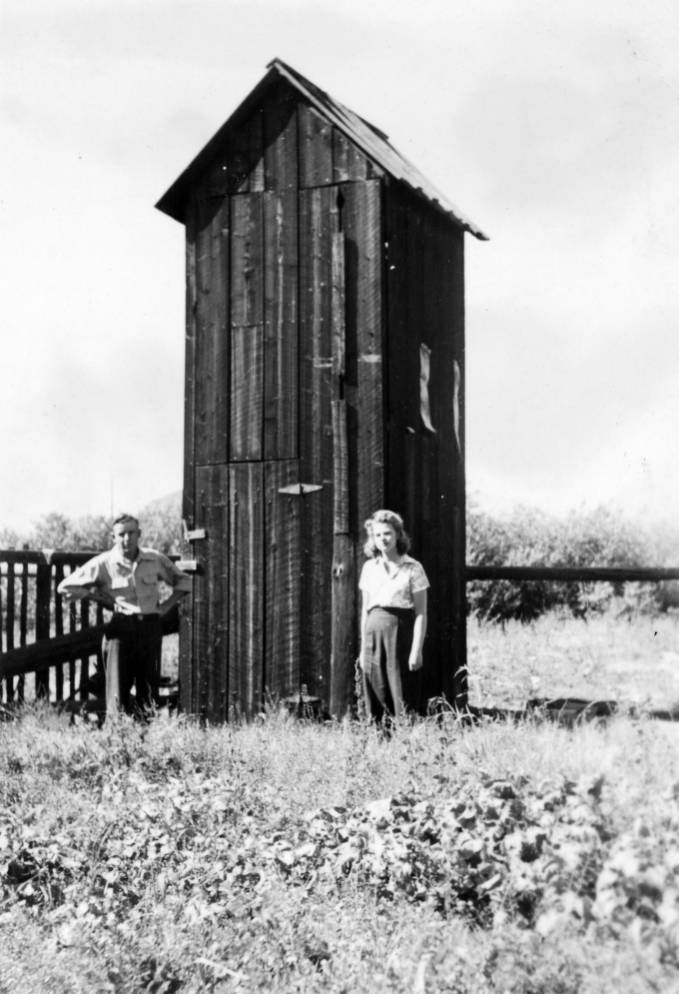
Crested Butte two-story outhouse, photographed 1940-1950. Image courtesy of Denver Public Library Digital Collections.
.
“…a two-story model was built and still stands in Crested Butte, Colo. The upper level was used when heavy snow blocked the first floor.”
.
.
No wonder chamber pots remained in use until both the “potties” and outhouses went the way of the dodo bird.
.

.
Outhouses were ventilated. A pipe or chimney ran from the holding tank (sometimes concrete- or brick-lined and sometimes literally a hole in the ground, sometimes lined with cut grasses as a barrier against seepage) up through the cabin interior, and open above the roof. This vent’s purposes was to allow odors and gasses to escape, bypassing the space used by people and attempting to mitigate the stench. One challenge of summertime (or a hot climate) is the unavoidable odor of excrement.
When the holding pit would become full, a new hole would be dug, the privacy structure moved, and the soil excavated from the new spot used to fill and cover the old pit.
.

.
TOILET PAPER
.
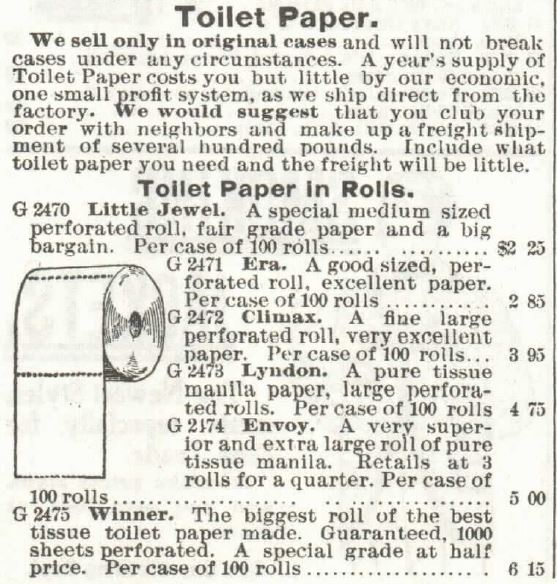
Toilet Paper in rolls for sale from Sears, Roebuck and Co. Catalogue 1897 (no. 104).
.
A roll of toilet paper is sometimes available. However, historically, old newspapers and catalogs from retailers specializing in mail order purchases, such as the Montgomery Ward or Sears Roebuck catalog, were also common before toilet paper was widely available. Paper was often kept in a can or other container to protect it from mice, etc. The catalogs served a dual purpose, also giving one something to read. Old corn cobs, leaves, or other types of paper were also used. [Wikipedia]
.
The use of paper for hygiene purposes has been recorded in China in the 6th century AD, with specifically manufactured toilet paper being mass-produced in the 14th century. Modern commercial toilet paper originated in the 19th century, with a patent for roll-based dispensers being made in 1883. [Wikipedia]
.
Joseph Gayetty is widely credited with being the inventor of modern commercially available toilet paper in the United States. Gayetty’s paper, first introduced in 1857, was available as late as the 1920s. Gayetty’s Medicated Paper was sold in packages of flat sheets, watermarked with the inventor’s name. Original advertisements for the product used the tagline “The greatest necessity of the age! Gayetty’s medicated paper for the water-closet.” [emphasis added]
Seth Wheeler of Albany, New York, obtained the earliest United States patents for toilet paper and dispensers, the types of which eventually were in common use in that country, in 1883. [Wikipedia]
.
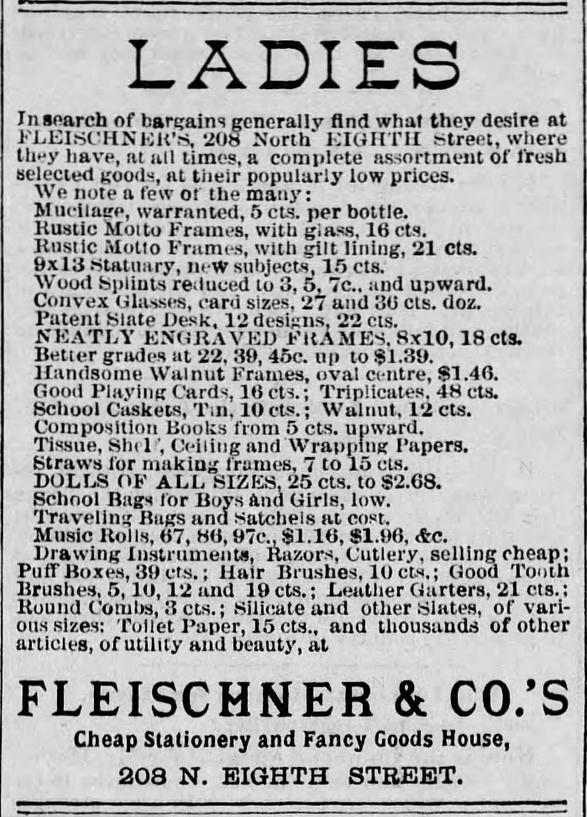
Note the mention of Toilet Paper (last paragraph of the advertisement), 15 cents. The Times, Philadelphia, Pennsylvania on 8 December, 1877.
.

.

.
MODERN CONVENIENCES
.

.
“The art and practice of indoor plumbing took nearly a century to develop, starting in about the 1840s. In 1940 nearly half of houses lacked hot piped water, a bathtub or shower, or a flush toilet. Over a third of houses didn’t have a flush toilet. As late as 1960, over 25% of the houses in 16 states didn’t have complete plumbing facilities.” (emphasis and italics added)
.
.

.
EUPHEMISMS
.
One most common euphemism for the outhouse was “the necessary”.
.
“When a newfangled indoor toilet was installed in the White House during John Quincy Adams’s presidency [March 4, 1825 – March 4, 1829], Quincy enjoyed a brief vogue in America as a euphemism for this convenience. (“If you’ll excuse me, I need to go visit Quincy.”)”
.
… “After the Civil War, public toilets in the United States were first called washrooms, as they still are in Canada, then restrooms. Public comfort stations was another euphemism for such facilities, as was public convenience, and, most circumspect of all, facility. (I’m going to use the facility.”)”
.
… “Another widely used euphemism for this room is based on its modest size. As Queen Victoria once inquired, “Has the railway carriage got a small room to it?”
.
~ Euphemania: Our Love Affair with Euphemisms by Ralph Keyes
.

.
Related Articles
.
.
.
Updated June 2022
Copyright © 2016 Kristin Holt LC
The Necessary (a.k.a. the outhouse) The Necessary (a.k.a. the outhouse)

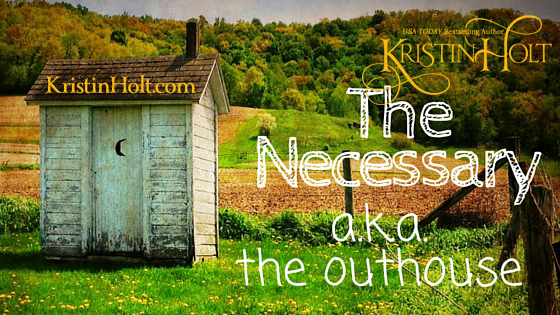
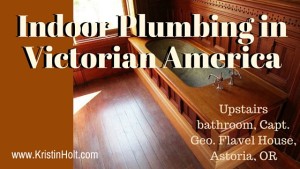
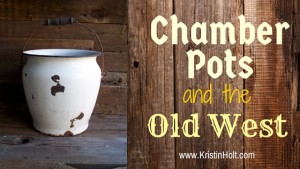
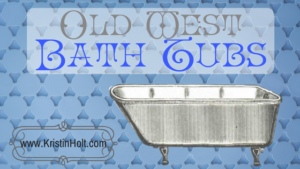





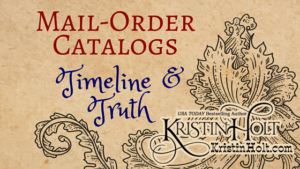



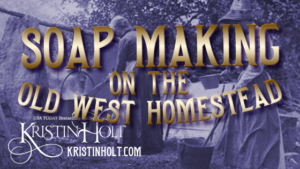
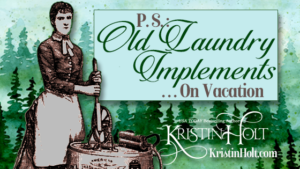
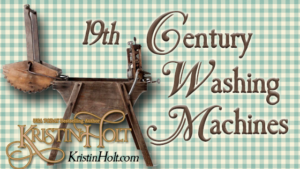










Fun post and “necessary” for all historical writers to know. Thanks!
Thanks, Paty!
LOL! You’re so right. =)
~ Kristin